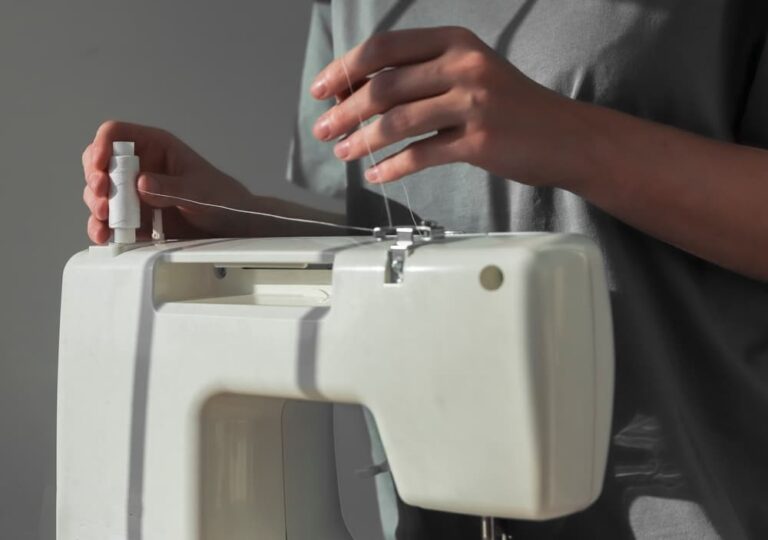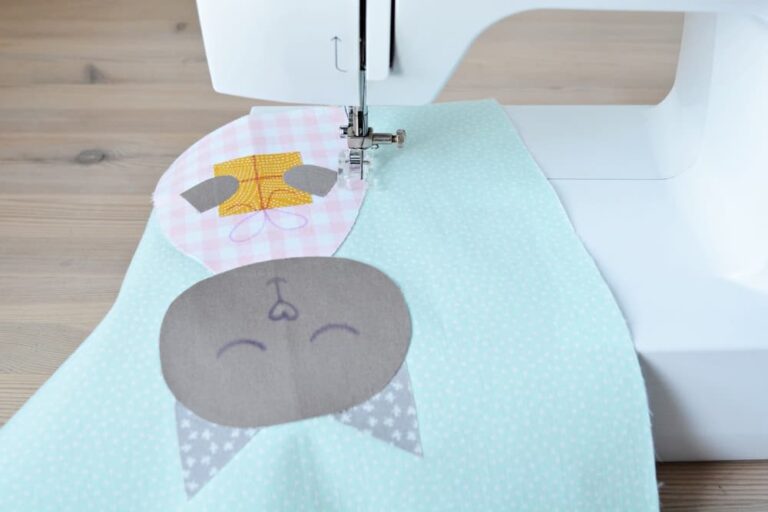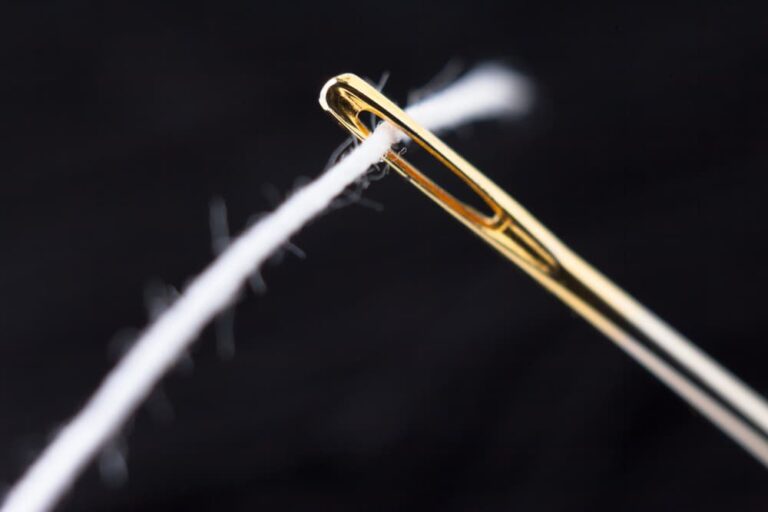Sewing for Beginners: Common Mistakes to Avoid
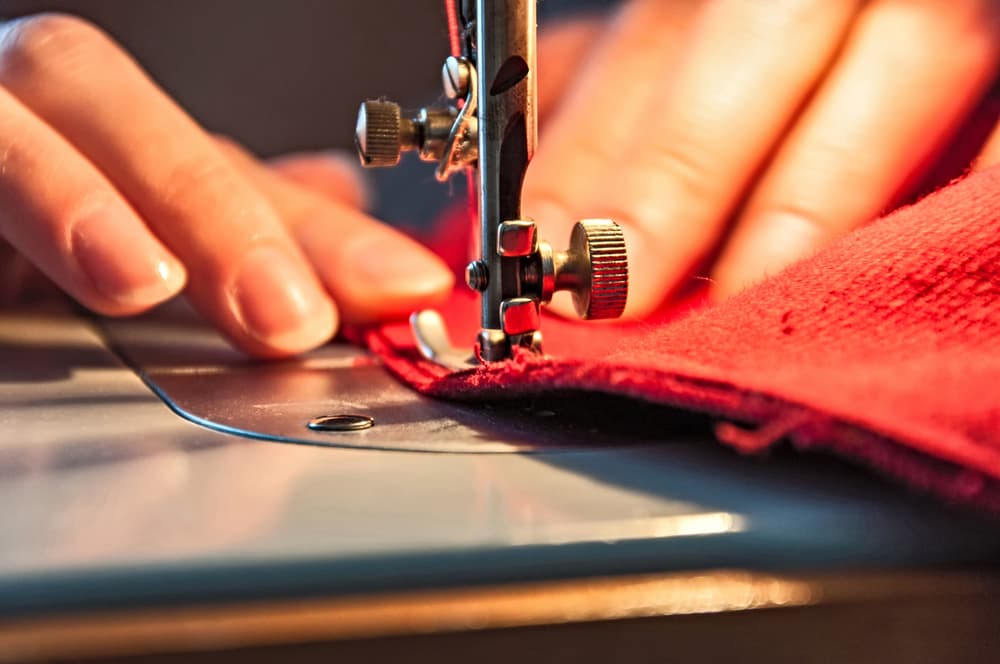
Starting your sewing journey with the right foundation is key to unlocking a world of creative possibilities. Developing basic sewing skills, starting with mastering the straight stitch—an essential basic stitch for all sewing projects—is your first step. Acquiring this essential skill ensures that each finished project reflects quality and care.
For those just starting, choosing a beginner sewing machine and learning about sewing machine stitches can demystify machine sewing. Additionally, starting with beginner sewing patterns can build confidence. This carefully curated collection of sewing patterns acts as a road map, guiding you through different projects as you hone your abilities. With these sewing tips in mind, you’re on your way to navigating the sewing world with ease and creativity.
Common mistakes made by beginners
1. Sewing with a Blunt Needle
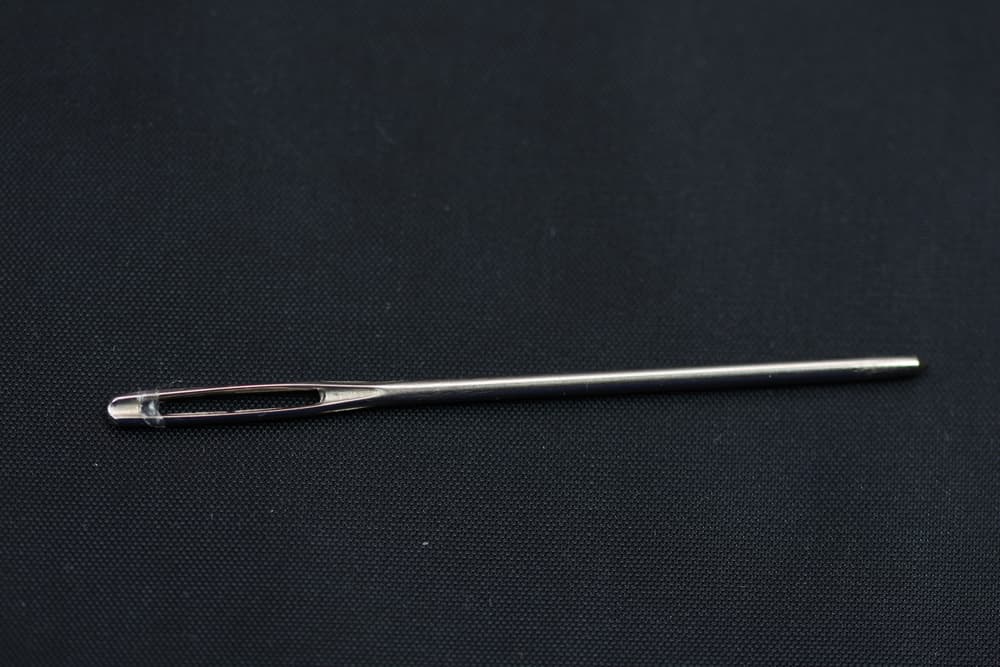
A blunt needle can significantly affect the quality of your stitches. It may struggle to penetrate the fabric, leading to skipped stitches, fabric damage, or even breaking. The sound of a popping or clicking noise as the needle goes through the fabric is a clear indicator that it’s time for a replacement.
Solution: Change your sewing machine needle every seven hours of sewing or with the start of a new project. Regularly inspect your needle for dullness, especially when working with synthetic fibers or thicker fabrics.
2. Using the Wrong Needle
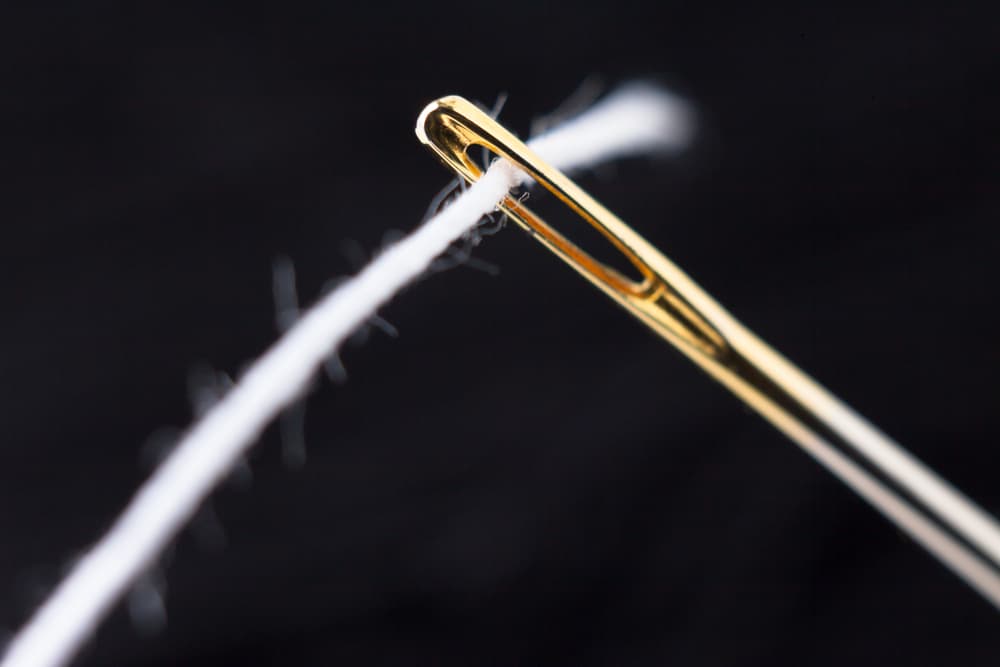
Different fabrics require different needles. Using a needle that’s too fine for heavy fabrics can cause it to bend or break, while the wrong needle type for stretch fabrics can lead to skipped stitches.
Solution: Keep a variety of needles on hand and ensure you’re using the correct type for your fabric. If unsure, consult your sewing machine manual or ask a professional for advice.
3. Incorrect Bobbin Use
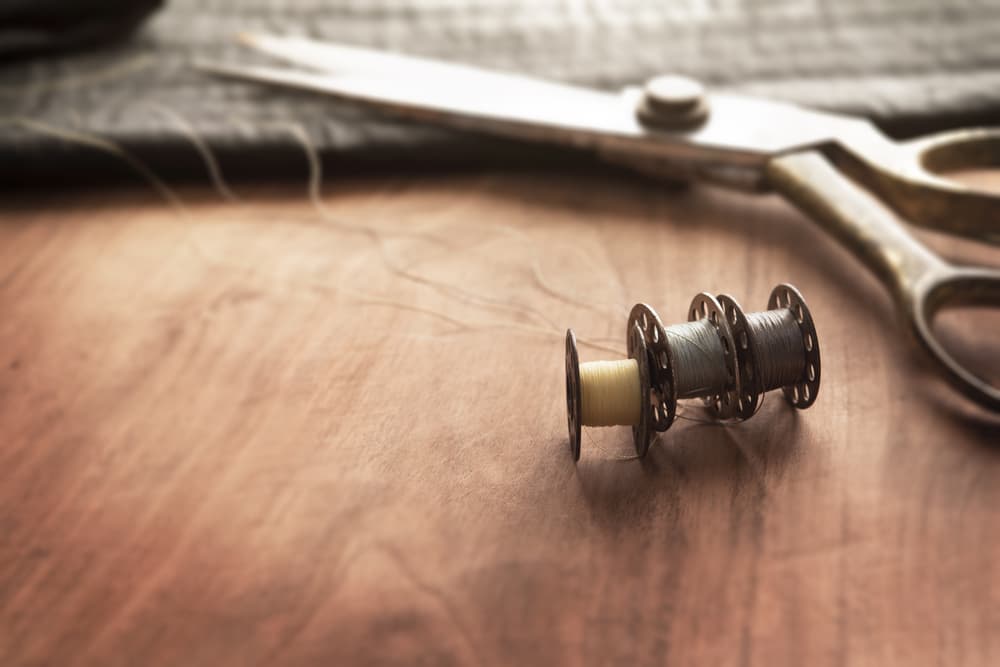
Using a bobbin that’s too small or the wrong type for your machine can cause tension issues, thread jams, and even damage to the bobbin case.
Solution: Always use the bobbin type recommended in your sewing machine’s manual. Avoid using old or damaged bobbins from other machines.
4. Improper Tension Adjustment
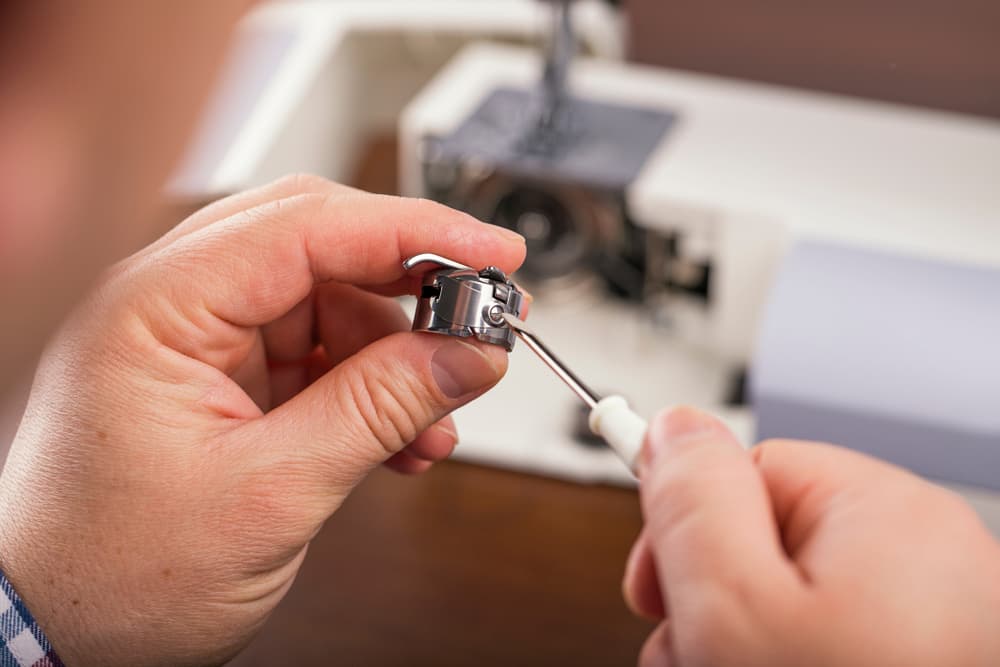
Incorrectly adjusting the tension can lead to poor stitch quality. The tension needs to be balanced between the top and bottom threads for optimal results.
Solution: Re-thread your machine if you encounter tension issues. Adjust the tension dial gradually, starting from the standard setting, and test on scrap fabric until the stitch quality improves.
5. Using Low-Quality or Old Thread
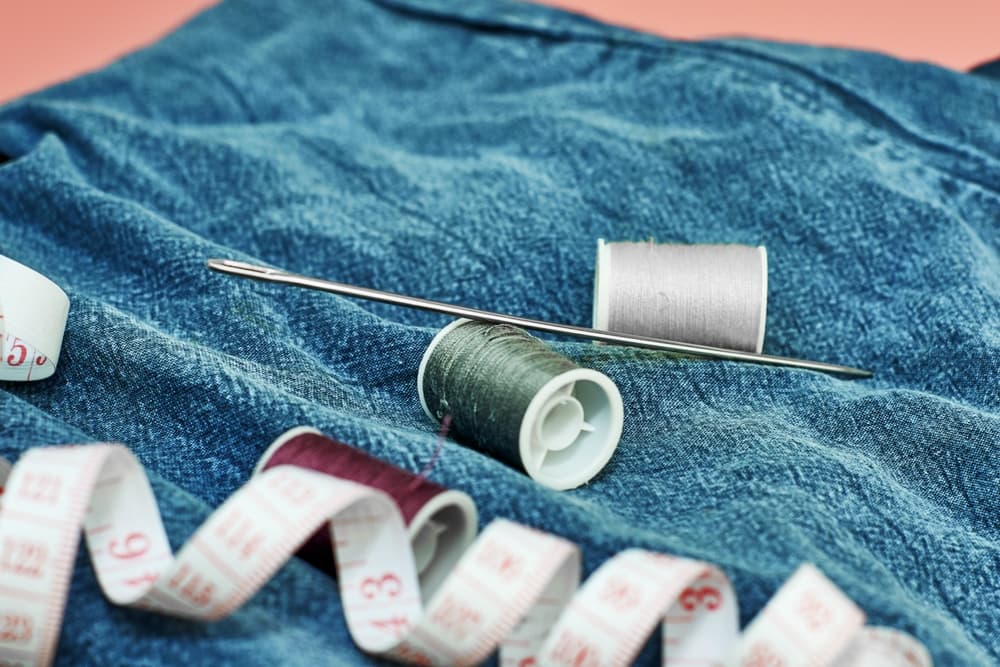
Old or low-quality thread can break easily, leading to weak stitches and potentially damaging your sewing project.
Solution: Invest in high-quality, modern threads designed for sewing. Test old threads for strength by pulling on them; if they break easily, do not use them in your machine.
6. Incorrect Presser Foot
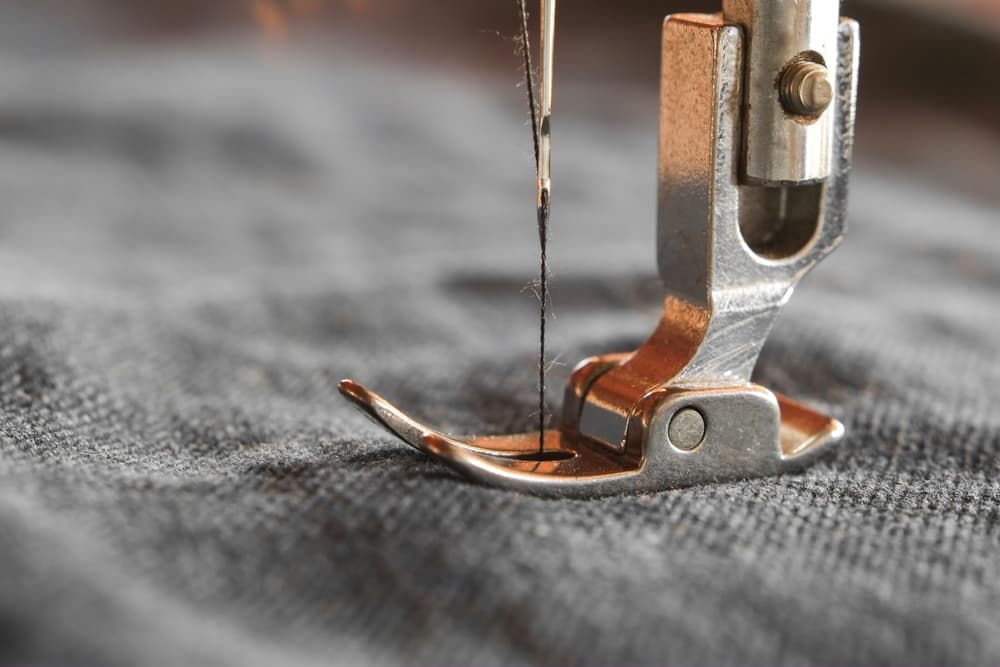
Using the wrong presser foot for your stitch type can cause fabric slippage, uneven stitching, and other quality issues.
Solution: Use the standard presser foot for most projects, switching to specialized feet only as required. Ensure the presser foot is securely attached and appropriate for the stitch you’re using.
7. Turning the hand wheel in the opposite direction
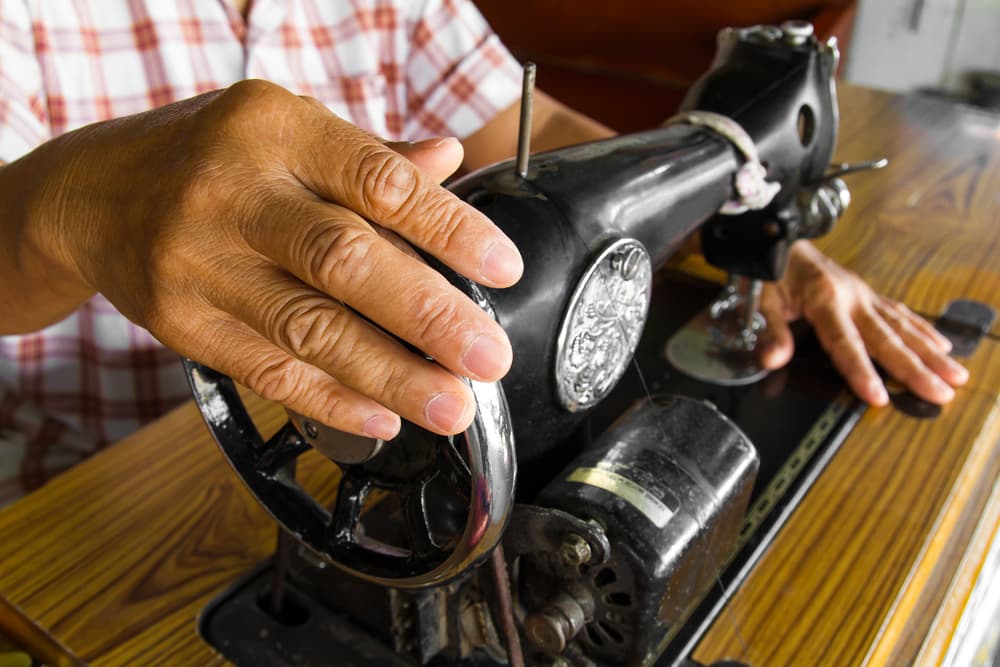
Turning the handwheel away from you can cause the thread to jam and potentially damage the sewing machine.
Solution: Always turn the handwheel towards you, except when making minor adjustments to the needle position. Avoid forcing the handwheel if it feels stuck, as this may indicate a jam or other issue that needs attention.
Helpful Tips for Beginners
- Start Simple: Begin with projects that require basic skills and straightforward sewing patterns. This approach builds confidence and solidifies your understanding of fundamental techniques.
- Understand Your Sewing Machine: Spend time getting to know your beginner sewing machine. Familiarize yourself with its functions, including how to thread it, change needles, and adjust sewing machine stitches. This knowledge is crucial for troubleshooting and efficient sewing.
- Invest in Quality Tools: High-quality sewing tools can significantly impact your sewing experience and the outcome of your projects. Invest in good scissors, pins, a seam ripper, and the right types of needles for your fabric.
- Practice Straight Stitches: Perfecting the straight stitch is essential. Practice sewing straight lines on scrap fabric to gain control and precision. This basic skill is the foundation of nearly all sewing projects.
- Learn to Read Patterns: Understanding beginner sewing patterns is a skill in itself. Take the time to learn the symbols and terms used in patterns. This will open up a vast collection of sewing patterns for you to tackle.
- Press as You Go: Ironing your fabric before cutting and pressing seams during sewing can make a world of difference in the finished project. It leads to a more professional appearance and easier sewing.
- Be Patient and Persistent: Learning to sew is a process filled with trial and error. Don’t be discouraged by mistakes; instead, view them as learning opportunities. Patience and persistence are your best allies on your sewing journey.
Summing Up!
In wrapping up, remember that embarking on a sewing journey is both thrilling and rewarding. Whether you’re attending a sewing class, experimenting with layers of fabric, or selecting your sewing supplies, each step is an opportunity for growth. Paying attention to the edges of fabric, choosing the right types of thread, and working with patterns for beginners can dramatically enhance your sewing projects.
Additionally, starting with machines for beginners can provide a more manageable learning curve, setting you up for success. As you continue to explore and practice, your skills will undoubtedly flourish, turning the art of sewing into a cherished hobby or even a passionate pursuit.


